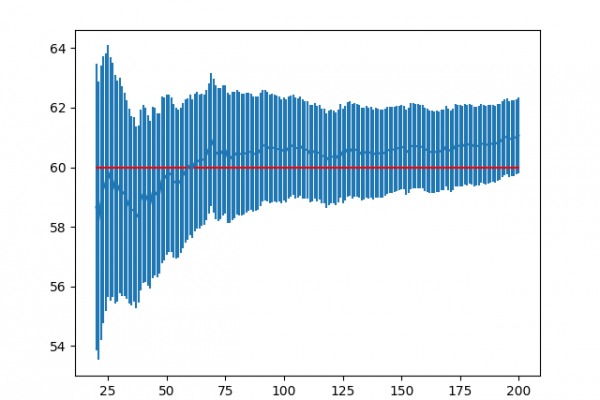Estimate the Number of Experiment Repeats for Stochastic Machine Learning Algorithms

Last Updated on August 14, 2020
A problem with many stochastic machine learning algorithms is that different runs of the same algorithm on the same data return different results.
This means that when performing experiments to configure a stochastic algorithm or compare algorithms, you must collect multiple results and use the average performance to summarize the skill of the model.
This raises the question as to how many repeats of an experiment are enough to sufficiently characterize the skill of a stochastic machine learning algorithm for a given problem.
It is often recommended to use 30 or more repeats, or even 100. Some practitioners use thousands of repeats that seemingly push beyond the idea of diminishing returns.
In this tutorial, you will explore the statistical methods that you can use to estimate the right number of repeats to effectively characterize the performance of your stochastic machine learning algorithm.
Kick-start your project with my new book Statistics for Machine Learning, including step-by-step tutorials and the Python source code files for all examples.
Let’s get started.
 To finish reading, please visit source site
To finish reading, please visit source site